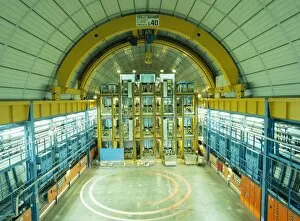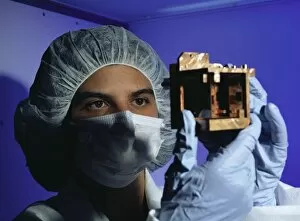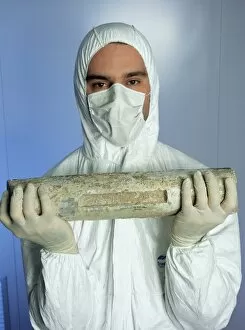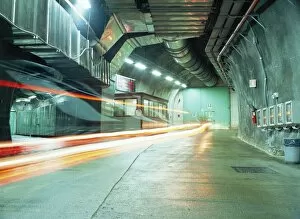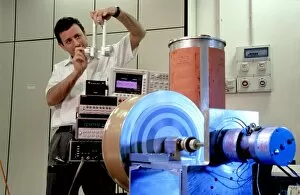Neutrino Detector Collection
The captivating world of neutrino detection unfolds before our eyes, as we delve into the realm of scientific exploration
All Professionally Made to Order for Quick Shipping
The captivating world of neutrino detection unfolds before our eyes, as we delve into the realm of scientific exploration. With illustrations depicting the intricacies of a neutrino detector, we embark on a journey that combines cutting-edge technology and astronomical wonders. In this vast universe, where mysteries abound, scientists have developed ingenious tools to unravel its secrets. Just like radar unveils hidden objects in space, neutrino detectors act as cosmic radars, allowing us to detect these elusive particles that permeate through everything. As we peer deeper into the cosmos, visible light and radio telescopes capture breathtaking images from distant galaxies. But beyond what meets the eye lies an invisible realm - supernova neutrinos. These detectors enable us to witness stellar explosions by capturing their ghostly emissions. At the heart of these remarkable devices lies the photomultiplier tube – a crucial component that amplifies even the faintest signals emitted by neutrinos. Its extraordinary sensitivity allows scientists to study these subatomic messengers with unparalleled precision. But it doesn't stop there; neutrino detectors also play a vital role in uncovering one of nature's greatest enigmas – dark matter. By employing innovative techniques and state-of-the-art equipment, researchers strive to shed light on this mysterious substance that constitutes most of our universe. To shield against unwanted interference from other particles or radiation sources, lead is employed as an effective barrier for neutrino detectors. This protective layer ensures accurate measurements while isolating potential disturbances. One such exemplary facility dedicated to unraveling these cosmic riddles is Gran Sasso Laboratory entrance - an underground haven nestled beneath Italy's majestic mountainscape. Here lie crystal-based neutrino detectors meticulously designed for precise data collection and analysis. These intricate crystal-based systems hold immense promise in expanding our understanding of particle physics and astrophysics alike. Their unique properties allow them to interact with passing neutrinos effectively – opening new avenues for scientific breakthroughs yet unseen.


